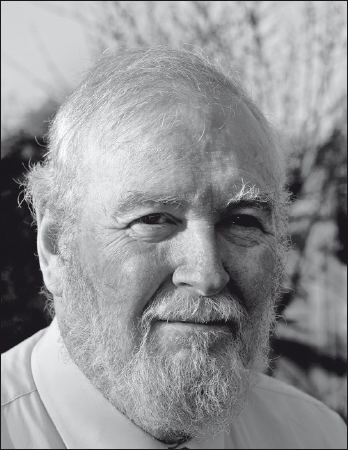 Peter Howson served as an army chaplain for twenty-five years, completing his service as the Principal of the Armed Forces Chaplaincy Centre. During his time in the army he completed an MBA that looked at organisational structures in religious and voluntary bodies. When he returned to civilian ministry, as the Superintendent of the Inverness Methodist Circuit, he completed a PhD at Aberdeen University. His thesis discussed British army chaplaincy between 1960 and 2000. During the research he became convinced that the roots of contemporary army chaplaincy lay in decisions made during World War One and set out to discover how these had been reached. He is currently a Methodist minister in Surrey. He has contributed to the work of the Society for Army Historical Research and has been a member of its Council since 2012. He has recently contributed chapters to two books on chaplaincy, one about the wider World War One experience, and the other, Chaplains, Churches, and the Morality of Conflict: Military Chaplaincy in Contention, on contemporary chaplaincy in Afghanistan.
Peter Howson served as an army chaplain for twenty-five years, completing his service as the Principal of the Armed Forces Chaplaincy Centre. During his time in the army he completed an MBA that looked at organisational structures in religious and voluntary bodies. When he returned to civilian ministry, as the Superintendent of the Inverness Methodist Circuit, he completed a PhD at Aberdeen University. His thesis discussed British army chaplaincy between 1960 and 2000. During the research he became convinced that the roots of contemporary army chaplaincy lay in decisions made during World War One and set out to discover how these had been reached. He is currently a Methodist minister in Surrey. He has contributed to the work of the Society for Army Historical Research and has been a member of its Council since 2012. He has recently contributed chapters to two books on chaplaincy, one about the wider World War One experience, and the other, Chaplains, Churches, and the Morality of Conflict: Military Chaplaincy in Contention, on contemporary chaplaincy in Afghanistan.
Helion & Company Limited
26 Willow Road
Solihull
West Midlands
B91 1UE
England
Tel. 0121 705 3393
Fax 0121 711 4075
Email:
Website: www.helion.co.uk
Published by Helion & Company Limited 2013
Designed and typeset by Farr out Publications, Wokingham, Berkshire
Cover designed by Euan Carter, Leicester (www.euancarter.com)
Printed by Lightning Source, Milton Keynes, Buckinghamshire
Text Peter Howson 2013
Images as shown
ISBN 978-1-909384-20-0
EPUB ISBN: 978-1-909982-48-2
British Library Cataloguing-in-Publication Data.
A catalogue record for this book is available from the British Library.
All rights reserved. No part of this publication may be reproduced, stored in a
retrieval system,or transmitted, in any form, or by any means, electronic, mechanical,
photocopying, recording or otherwise, without the express written consent of Helion &
Company Limited.
For details of other military history titles published by Helion & Company Limited
contact the above address, or visit our website: http://www.helion.co.uk.
We always welcome receiving book proposals from prospective authors.
To Jane
Who willingly followed her chaplain
Contents
List of illustrations
List of tables
Note on Sources and Acknowledgements
The material about the development of army chaplaincy during World War One is to be found in a variety of places. An obvious starting point has to be the Museum of Army Chaplaincy located at Amport House in Hampshire. Under the watchful eye of first Major (Rtd) Margaret Easey, and then of David Blake, it has become a respected source of information about all aspects of army chaplaincy. The help given by David Blake in particular in locating records and making them available has made an enormous contribution to the ease with which this book has been written. What has not been possible has been the replacing of material that has been lost. A particular gap in considering the position in World War One was caused by the loss of documents from the Chaplains Branch of the War Office, in the destruction of the Army Records Centre during World War Two. What survived, because they had remained in the Chaplain Generals office, were a number of Precedent Books. The one area to which they have been able to make a major contribution to our understanding of chaplaincy is its role in the Territorial Force in the years between the creation, in 1907, of that Force, and the outbreak of war. The collection of images in the Museum of Army Chaplaincy has provided the illustrations for this book, and I am grateful to David Blake for his work in finding appropriate pictures.
Much material also exists in the National Archives at Kew. Included are personal records for a number of chaplains, although the random indexing of them as Revd or Capt in both the WO 334 and 379 series can make recovery of particular records difficult. The large collection of War Diaries includes a few from the various chaplains in the headquarters across the world, although only one from the BEF. Australian historians are more fortunate with a much larger collection of such diaries being made available on the website of the Australian National War Memorial. More material is located in the archives of the various denominations. Reference is made to where material can be found in the bibliography. I am grateful for the help of the staff at The National Archives, Lambeth Palace Library, the Methodist Archives and Research Centre in the John Rylands Library of the University of Manchester, The Bodleian, and of the Special Collections at the libraries of the Universities of Birmingham and Durham, for their help in locating material. These last two both have holdings of papers from the Gwynne archive, deposited by the Church Missionary Society. Most volumes of the fair copy of Gwynnes diary are in Birmingham with the exception of the volume for May 1915 to May 1916. This, along with rough notes and appointment diaries for some of the World War One period, and in particular for the summer of 1914, are in Durham. I am grateful to Peter Boyden at the National Army Museum for alerting me to the existence of the minutes of the meetings of the Presbyterian Advisory Committee to the War Office deposited at the Museum.
One person has provided me with invaluable guidance on the history of army chaplaincy. This is a subject which Michael Snape has made his own. Without the research he carried out for his magisterial works, on various aspects of religion and British army, and on the history of its chaplains, my task would have been infinitely harder. One of the chapters of this work had its origins in an article written for the Journal of the Society for Army Historical Research. That article analysed the deaths of chaplains during the period between 1914 and 1920. Through the subsequent indefatigable work of the Reverend David Youngson, to whom I am particularly grateful, there is now a much fuller picture of the number of chaplains who died. Advantage has been taken of this new information to revise the details and to expand the content.
A number of people have read the manuscript and made helpful suggestions. I am especially grateful to my brother, Professor John Howson, who has been as generous with his advice as he was with his house when I was researching in Oxford. I am grateful too for the insightful comments from both Linda Parker and David Blake. The generosity of a number of people, in particular John and Mary Hicks who welcomed me into their London home when I needed a base there, has made a big difference to the ease with which this book has been written.
The recommendation that I received about the support Helion gave to their authors has proved true from the first contact I made to enquire about possible publication. I am grateful to Duncan and his team for their wise guidance as the book has come to fruition.
The support of my sons, and especially that of Richard, who had to live under the same roof while I have been writing the book, has been much appreciated. Nothing could ever do justice to the support received from my beloved wife Jane to whom I will ever be grateful.
The following are thanked for permission to use material included in this book:
The publishers of The Tablet (www.thetablet.co.uk) for permission to quote from editions published during World War One. These weekly editions form an invaluable guide to thinking about the war within the Catholic community as the war progressed over the years.
The Trustees of Lambeth Palace Library for permission to quote from MS 2077, the diary kept by Canon B.K. Cunningham and others at the Chaplains School in France. Although catalogued as Cunninghams diary it is, in effect, the War Diary for the School.
Next page
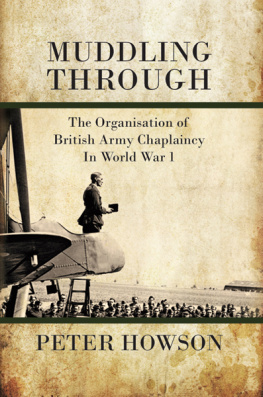
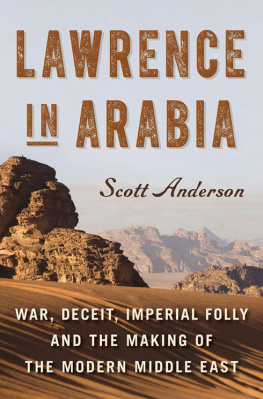
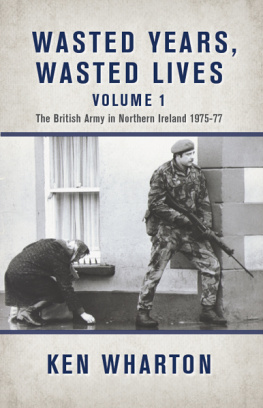
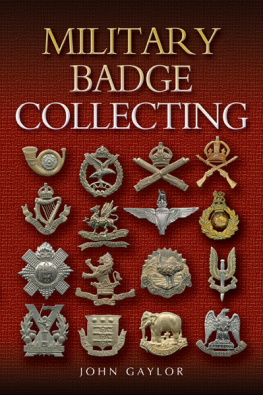

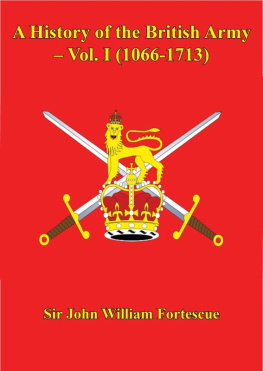

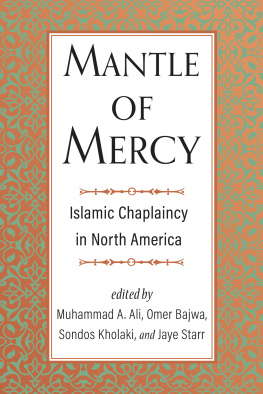

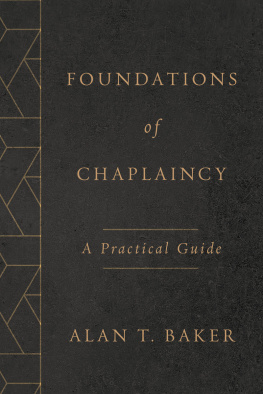

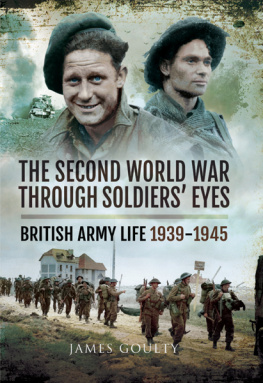
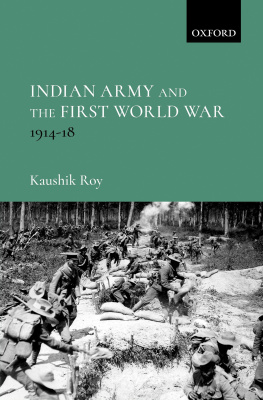
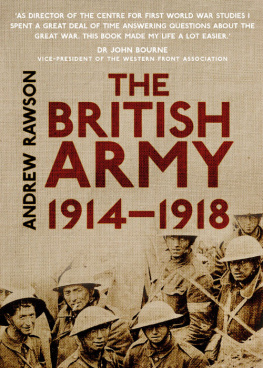
 Peter Howson served as an army chaplain for twenty-five years, completing his service as the Principal of the Armed Forces Chaplaincy Centre. During his time in the army he completed an MBA that looked at organisational structures in religious and voluntary bodies. When he returned to civilian ministry, as the Superintendent of the Inverness Methodist Circuit, he completed a PhD at Aberdeen University. His thesis discussed British army chaplaincy between 1960 and 2000. During the research he became convinced that the roots of contemporary army chaplaincy lay in decisions made during World War One and set out to discover how these had been reached. He is currently a Methodist minister in Surrey. He has contributed to the work of the Society for Army Historical Research and has been a member of its Council since 2012. He has recently contributed chapters to two books on chaplaincy, one about the wider World War One experience, and the other, Chaplains, Churches, and the Morality of Conflict: Military Chaplaincy in Contention, on contemporary chaplaincy in Afghanistan.
Peter Howson served as an army chaplain for twenty-five years, completing his service as the Principal of the Armed Forces Chaplaincy Centre. During his time in the army he completed an MBA that looked at organisational structures in religious and voluntary bodies. When he returned to civilian ministry, as the Superintendent of the Inverness Methodist Circuit, he completed a PhD at Aberdeen University. His thesis discussed British army chaplaincy between 1960 and 2000. During the research he became convinced that the roots of contemporary army chaplaincy lay in decisions made during World War One and set out to discover how these had been reached. He is currently a Methodist minister in Surrey. He has contributed to the work of the Society for Army Historical Research and has been a member of its Council since 2012. He has recently contributed chapters to two books on chaplaincy, one about the wider World War One experience, and the other, Chaplains, Churches, and the Morality of Conflict: Military Chaplaincy in Contention, on contemporary chaplaincy in Afghanistan.